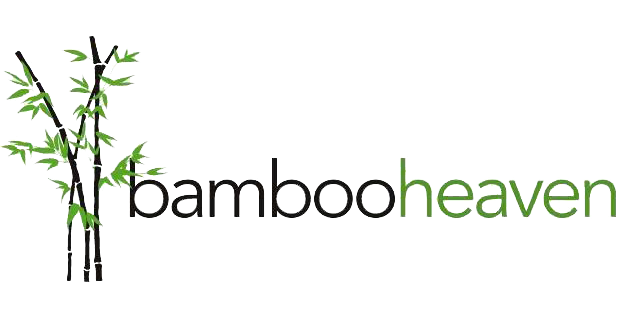Stakes raised in Australia-New Zealand rivalry over manuka honey as study finds ours is the best
Dr Simon Williams
The stakes have been raised in the fight by Australian beekeepers to continue to use the name 'manuka', after a five-year study proved our medicinal honeys are equal to, or better than, New Zealand's.
A new study has found that at least seven Australian leptospermum varietals produce are as active or more active than the one species from New Zealand
Manuka honey, favoured for its medicinal qualities, is produced from the nectar of different species of leptospermum plants, which are native to both Australia and New Zealand.
The Agrifutures-Australia-funded joint project between the University of Technology in Sydney, the Sydney University and the University of the Sunshine Coast, tested more than 5,000 honey and 2,000 nectar samples from across the nation.
It found that seven of more-than-80 Australian leptospermum species produce honey with exceptionally high levels of antibacterial activity, and many others produce honey with therapeutically-beneficial activity.
"Our medicinal honey is as good as, or more active than, New Zealand medicinal honey — so New Zealand's got one species [leptospermum scoparium], we've got multiple [leptospermum] species, and some of our species are three or four times more active than New Zealand," USC Honey lab senior chemistry lecturer, Dr Peter Brooks, said.
"What we've been able to do is not only test the honey and say what honeys are active, we've been able to go back and test the nectar in the trees, identifying which species are active, the flowering seasons and the distribution so beekeepers can actually go out and find this resource."
Mapping medicinal honey plants
Dr Brooks' colleague, analytical chemist Dr Simon Williams, completed his PhD on the subject, doing the majority of the chemical analyses for the Oz Honey project.
So far he has tested 55 of Australia's 84 leptospermum species and published an identification guide that maps rough locations of the most medically active plants.
"Beekeepers didn't know which leptospermums to target, so Simon has been able to give the what, where, and when of producing this honey for beekeepers," Dr Brooks said.
UTS Research Associate Dr Nural Cokcetin said the research pinpointed several Australian regions, such as south-east Queensland, northern New South Wales and western Tasmania, as 'hot spots' to yield high-value healing honeys.
"The research puts Australian honey producers on the world stage, positioning them as a leading and potentially abundant source of medical grade and high-value leptospermum honey," Dr Cokcetin said.
Highly active medicinal honey is valued for its potential to fight bacteria that can become resistant to antibiotics, and its wound-healing properties.
New Zealand's push to try to trademark the term Manuka honey internationally has widened to include a bid to block Australian producers from marketing the lucrative product into China.
Similar to France successfully trademarking champagne, spokesperson John Rawcliffe has argued that manuka is a Maori word, unique to New Zealand.
White petaled leptospermum flowers have what looks like a green cup in their hearts.
Testing has found wildly different antimicrobial properties in leptospermum flower nectar and honey, even within the same area. What's in a name?
But Dr Brooks maintains that Australia has a right to the name.
"The Maori word for manuka is mānuka — it's got an inflection over the 'a'," he said.
"We're not trying to claim the Maori name, we're claiming manuka, which is the Anglicized name and seeing as the plant originated in Australia, we're saying 'well it's as much an Australian plant as a New Zealand plant'.
"We've got the same plants, the same [European] bees producing the same honey. We might have some that's more medically active, we might have some that's less active — but it's the same honey.
"We've just got to protect that access to the name so we can protect our market."
The Agrifutures report found key differences between antifungal and antibacterial traits in different leptospermum honeys, revealing that storage temperature and the length of time the honey was matured also played key roles in it reaching its full potential.
Dr Williams said he was happy to have clarified which species of leptospermums should be targeted by interested apiarists.
"Some farmers are now seeing the value of planting them and working with beekeepers to, possibly in the future, have partnerships where farmers plant trees on, what is not overly-productive land from a normal farming point of view, but land that the leptospermum will happily grow on," he said.
"I've had a few farmers tell me they've cut them down in the past, now they're letting them grow back."
Enthusiastic amateur apiarist, Chris Johnson estimated he spent about $10,000 on establishing a leptospermum plantation in a secret location in the Sunshine Coast hinterland three years ago.
So far the results of harvesting active medicinal honey from his 800 plants have been mixed, depending on seasonal conditions and whether the bees chose to feed on his two types of leptospermum species (polygalifolium and petersonii) over other flowering plants in bushland surrounding his property.
"Right now the petersonii is flowering beautifully and the bees are very busy on it, so I'm hoping that I will get a good result this time," Mr Johnson said.
"It's a bit of a gamble, but I'm just going to persist, as an amateur I'm basically interested in just achieving an active honey.
"I don't think I'm going to ever make a fortune out of it, but if I can produce a boutique amount of very strong, medicinal honey, that would be lovely."
ABC Jennifer Nichols

